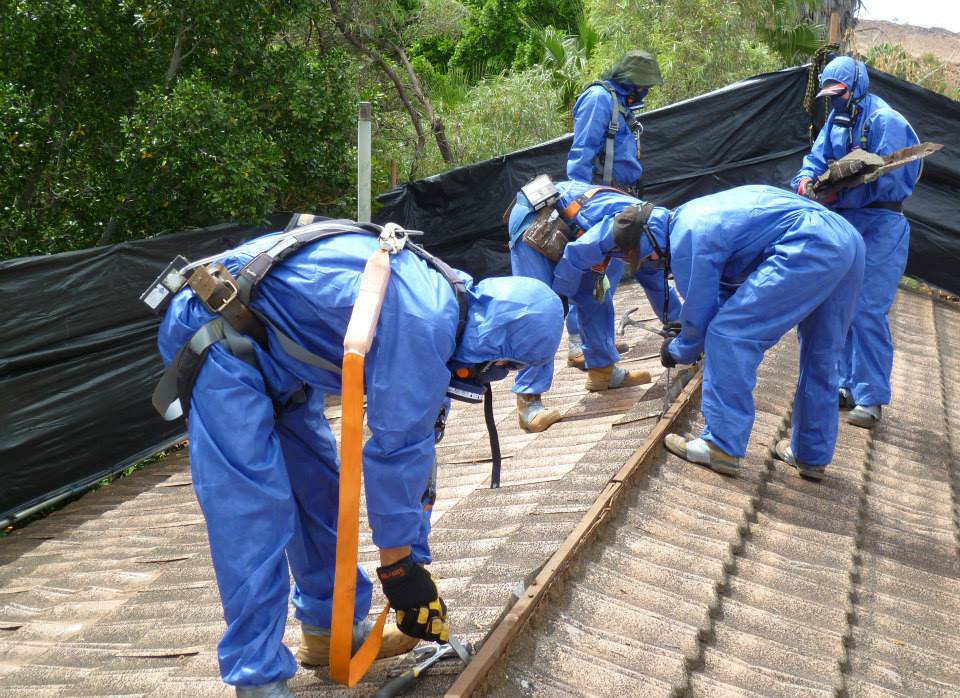
Imagine the scenario: You’re refurbishing an industrial building or carrying out maintenance works to a commercial property and the workman come across a suspicious building material – it could be asbestos. What to do?
Obviously, it will have to be removed, and safely too, especially if you are thinking of renovating or improving the property in any way. So, what exactly is the problem with asbestos? What exactly is it and why is it so important to remove it?
What is Asbestos?
Asbestos is a building material made from silicate minerals; it was very popular in property construction throughout the 20th century. However, as far back as the first half of the 1900s, concerns were raised regarding the long-term health implications of asbestos use – the first diagnosis of pulmonary asbestosis in the UK dates back to 1924. Its use as a building material was stopped altogether in 1999.
When asbestos containing materials are damaged or disturbed in any way, fibres are released into the air. If inhaled, the fibres can enter the lungs and cause serious diseases, which can be fatal. These days, it is fairly rare to come across buildings containing asbestos, but if they are found the asbestos needs to be removed before the property is considered safe for human occupation.
There are 3 main types of asbestos: White Asbestos is the most widely used type; its main application was as a cement strengthener often found in roof tiles. Blue Asbestos is the most dangerous type of asbestos. It was mainly used as a thermal insulation material until the 1950s. Brown Asbestos was a popular material for fire protection on structural steel and as an acoustic and anti-condensation insulator. It was typically found in insulation boards, pipes and slabs.
How do you remove Asbestos?
As a general warning, you should not ever attempt to remove asbestos yourself. Though it is relatively harmless when left undisturbed, asbestos fibres that are released into the air can easily be inhaled – and that it where the danger lies. If you suspect the presence of asbestos in the building substance, stop any maintenance or building works at once.
If you are the tenant, landlord or managing agent of a commercial property, the responsibility for dealing with asbestos may be yours under the Control of Asbestos (CAR2012) regulations – do check your contract or lease. If this is the case, you are legally required to have an Asbestos Management Plan, and you will need to instruct a chartered building surveyor to carry out a health and safety risk assessment and comprehensive asbestos survey before anything else can be done. More information regarding asbestos regulations can be found here and here.
Taking professional advice regarding the removal of asbestos from a building is imperative. A qualified surveyor will be able to identify the exact type (and extent) of asbestos present in the building and recommend the best course of action for removing it, using a licenced contractor to safely remove the substance so that no harm comes to anyone using the building in the future. Should you have to remove and replace the roof of the premises, you may find yourself in need of corrugated roof sheets, if you’re going to go with a metal roof.
Article provided by Sara Bryant, an independent content writer working alongside a selection of
companies including Bradley Mason, Building and Asbestos Surveyors who were consulted over this post.
